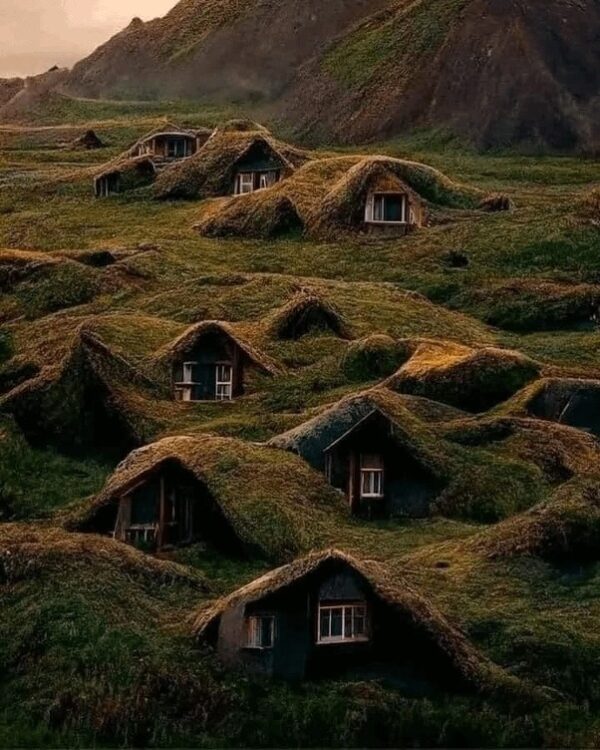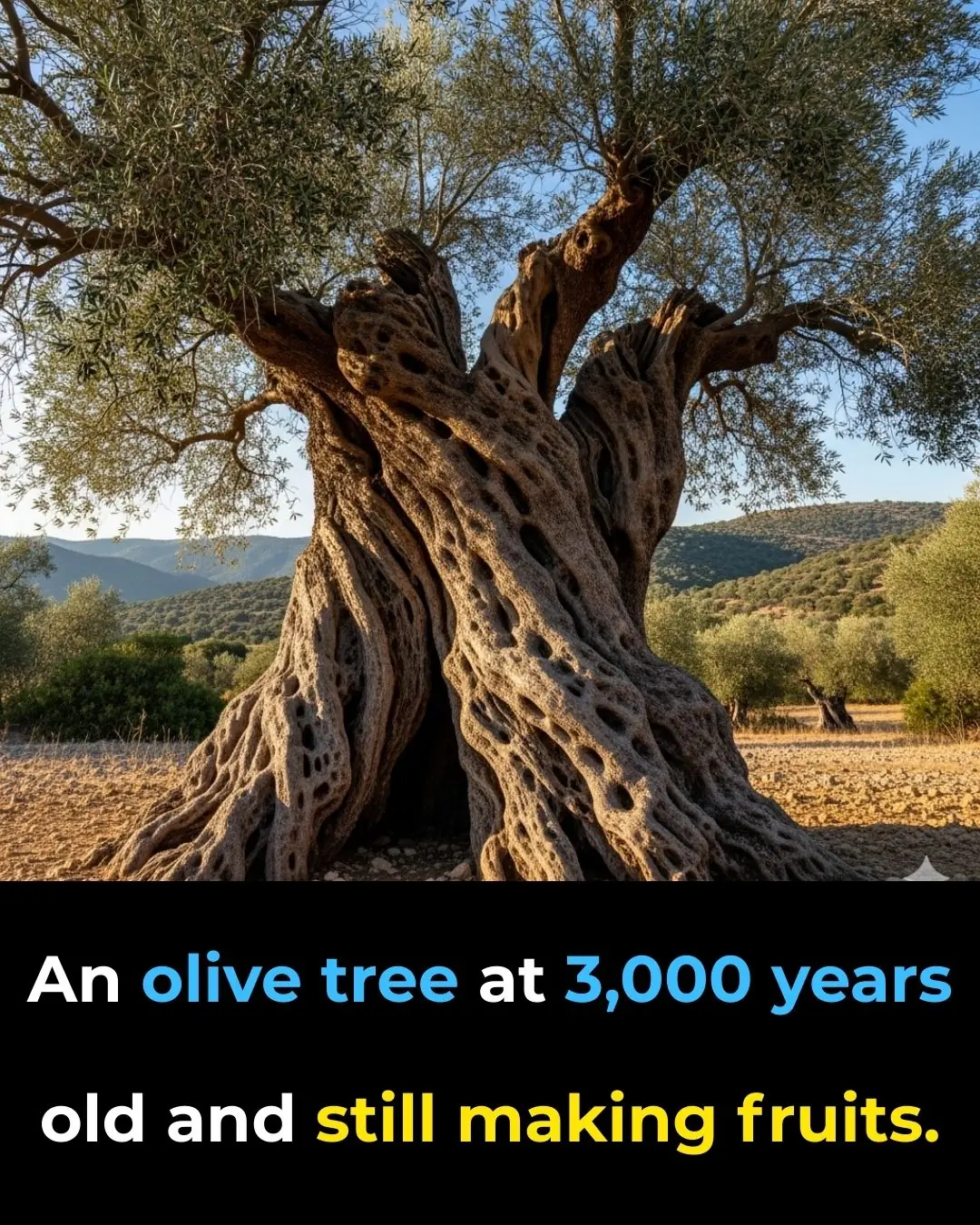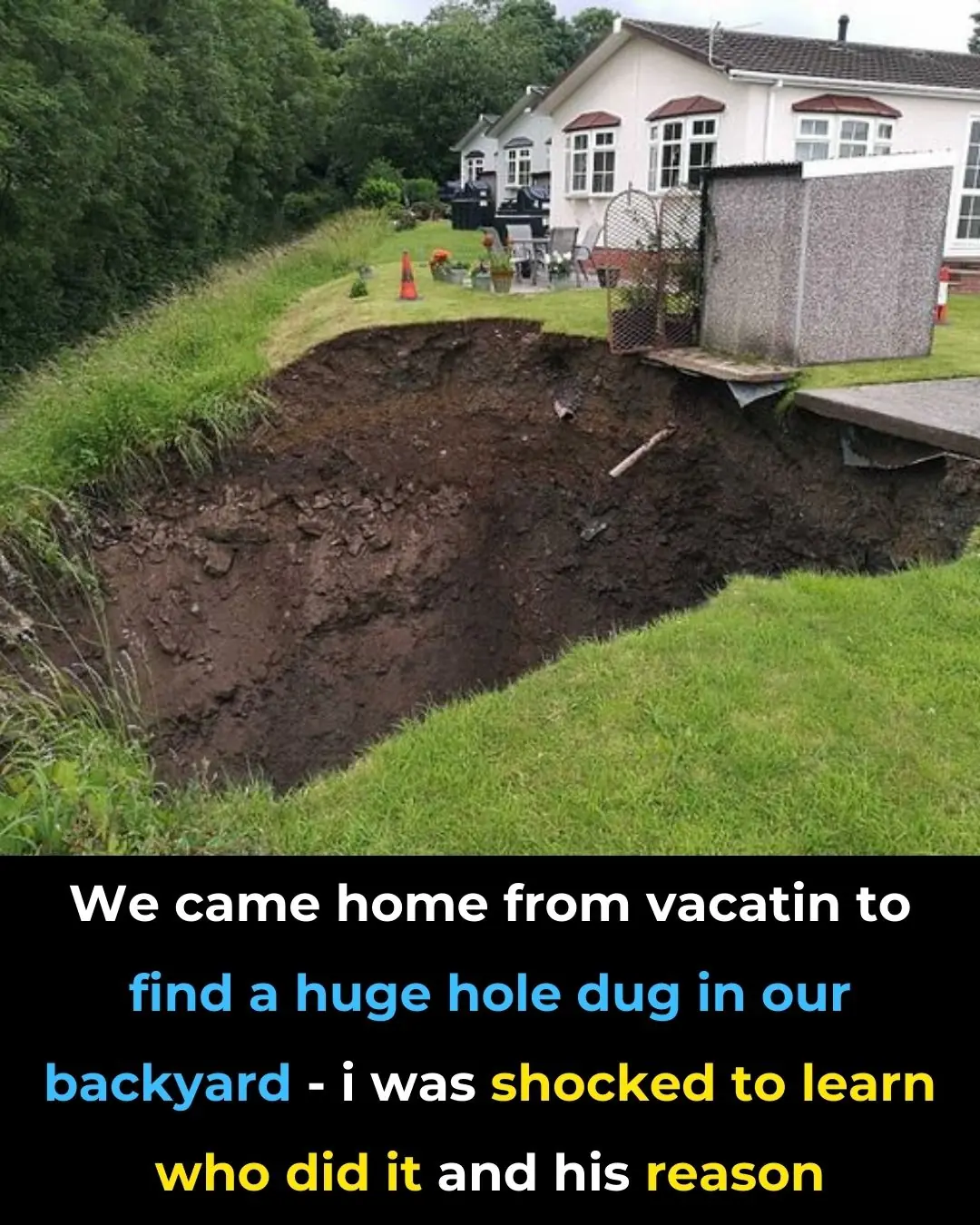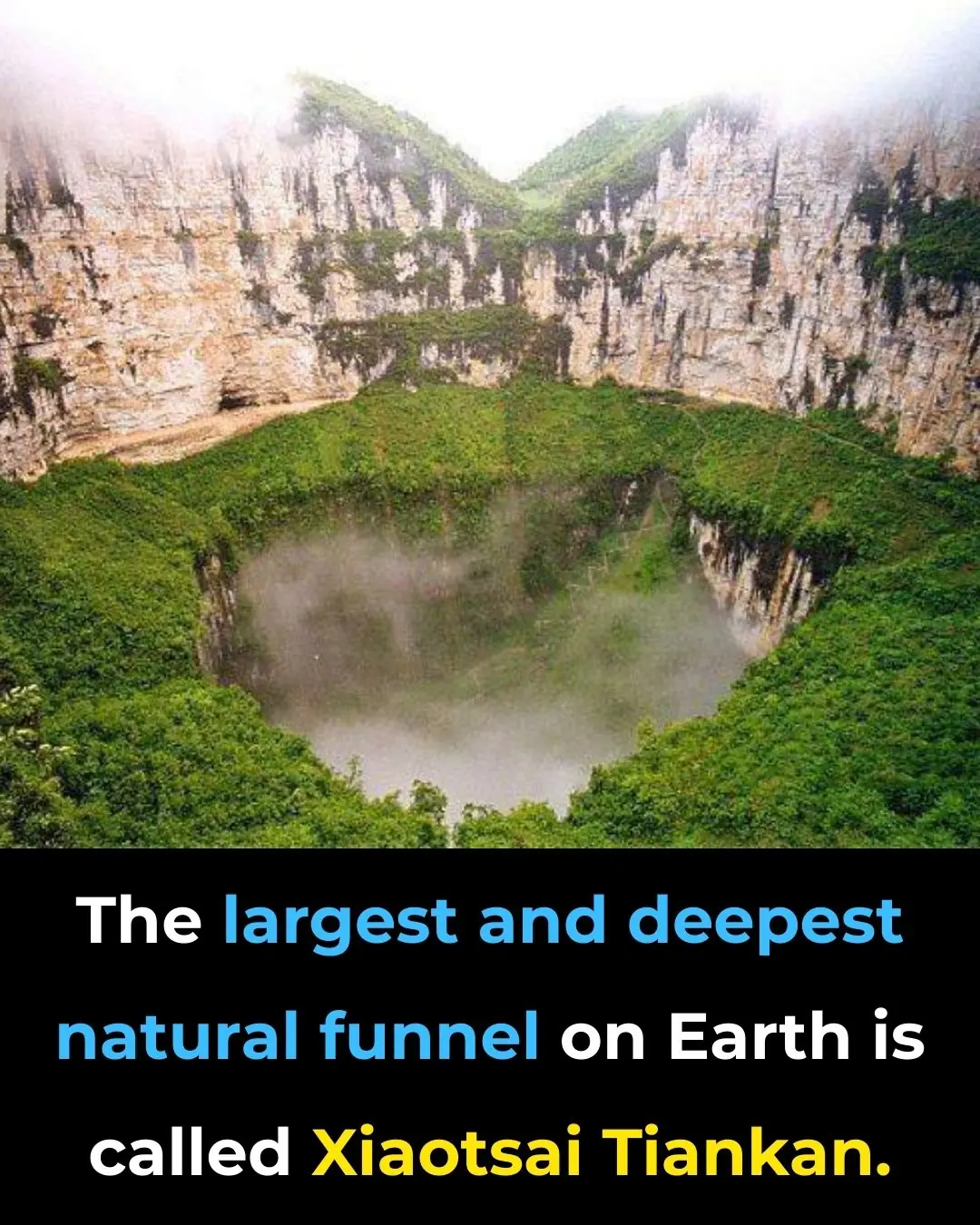
A Touch of Viking Brilliance: Moss-Carpeted Homes in Norway


Nestled amidst the breathtaking landscapes of Norway, you’ll discover enchanting houses with a distinctive and unexpected feature — roofs blanketed in a thick, vibrant layer of moss. While these mossy rooftops may seem like something straight out of a fairytale, they are far more than just a charming visual. They represent a brilliant feat of early engineering, thoughtfully crafted by one of history’s most resilient peoples: the Vikings.
These moss-covered roofs were designed not for decoration, but for survival. In the harsh, unpredictable climate of Scandinavia, where winters are long and biting cold and summers short yet intense, insulation was vital. The dense layer of moss serves as a natural thermal regulator. During the frigid winter months, it traps warmth inside the home, creating a cozy interior environment. In summer, it helps keep the house cool by preventing excess heat from seeping in. This eco-friendly approach provided effective climate control long before the advent of modern heating and cooling systems.
What makes this innovation particularly remarkable is its simplicity and sustainability. Vikings used materials that were readily available in their environment — sod, timber, and moss — to build structures that were both durable and energy-efficient. In doing so, they demonstrated a keen understanding of both engineering and ecology, a balance many modern builders still strive to achieve.
Beyond functionality, these mossy rooftops reflect a deep connection with nature. The homes blend so seamlessly into the surrounding hills and forests that from a distance, they almost vanish into the landscape. This integration was not accidental. It mirrors the Viking ethos of living in harmony with the natural world, minimizing disruption while maximizing utility. The moss itself contributes to biodiversity, attracting birds and insects and enhancing the local ecosystem.
Today, these traditional homes remain standing not only as relics of the past but as living examples of sustainable architecture. Some modern Scandinavian homes have even adopted similar designs, showing that this ancient wisdom still holds value in contemporary construction.
So, the next time you come across an image of a moss-covered Norwegian house, take a moment to look beyond its rustic charm. You’re seeing the legacy of Viking ingenuity — a fusion of practicality, environmental consciousness, and timeless beauty that continues to inspire architects and environmentalists alike.
News in the same category


What Millions of Years Look Like in One Photo (Well, Not Exactly)

NASA Has Just Released 2,540 Gorgeous New Photos of Mars

Friendship Between Wolf And Bear Documented By A Photographer

3,000-Year-Old World’s Oldest Olive Tree on the Island of Crete Still Produces Olives Today

Security feature you should make sure is always enabled on your Android smartphone

Guy Mocked for Dating 252-lb Woman

Homeowner Resumes Backyard Treasure Hunt

7 Household Appliances That Drain More Power Than Your Air Conditioner—And Why I Regret Owning Them All
From constant-use devices like refrigerators to high-powered kitchen tools, every household has hidden electricity traps.

Another US doctors’ group breaks with federal policy, recommends COVID-19 vaccines for all adults

Donald Trump Says There Could Be People in Epstein Files Who ‘Don’t Deserve to Be’ There in Shocking Statement

Think Bottled Water Is Safer Think Again

5 Early Warning Signs of Cervical Cancer That 90% of Women Overlook
Cervical cancer is not a silent killer—it sends out warnings. The challenge is whether women notice and act on them in time.

8 Shocking Toilet Clues That Could Signal Cancer: Don’t Ignore These Early Warnings
Many people dismiss subtle changes in bathroom habits as minor or temporary issues. However, certain unusual signs when you go to the toilet could be early red flags of serious health problems. Recognizing them in time can make the difference between earl

Study Reveals How Earth’s Orbit Triggers Ice Ages, And There’s One in The Next 11,000 Years

This 3,200-Year-Old Tree Is So Big, It’s Never Been Captured In A Single Photograph…

Travel Coast-to-Coast by Train and See America’s Greatest Sites For Just Over $200

Descend Into the Heavenly Pit: Exploring Xiaozhai Tiankeng, the World’s Deepest Sinkhole

The Walking Trees of Ecuador: They Reportedly Move Up to 20 Meters Per Year
News Post

Putting Meat Straight into the Freezer Is a Mistake: Butcher Shares Tips to Keep Meat Fresh for ‘a Whole Year’ Without Spoiling

Mixing Beer with Sugar or Laundry Detergent: A Brilliant Solution for a Common Household Problem You Didn’t Know About

Is Keeping Doors Closed While Using Air Conditioning Really Correct?

Toothpaste and Vaseline: The Viral Skincare Hack

100% Natural Home Remedy for Tooth Decay, Yellow Teeth, and Tooth Pain

Press These Points for Wherever You Have Pain – Every Body Part is Linked to Your Palm and Foot

10 Cancer Causing Products to Remove From Your Home: Scented Candles, Air Fresheners and More

Don’t Throw Away Damaged Tomatoes

Meteorite That Recently Fell in Somalia Turns Out to Contain Two Minerals Never Before Seen on Earth

Chris Pratt breaks silence after fans called for him to be 'fired' following Charlie Kirk comments

Chris Martin 'booed' by fans as he makes statement on Charlie Kirk on stage at Coldplay concert

What Millions of Years Look Like in One Photo (Well, Not Exactly)

NASA Has Just Released 2,540 Gorgeous New Photos of Mars

Friendship Between Wolf And Bear Documented By A Photographer

3,000-Year-Old World’s Oldest Olive Tree on the Island of Crete Still Produces Olives Today

Texas Doctor Reveals A “Miracle Mineral” That Soothes Nerve Pain

Struggling to sleep? This simple eye trick can knock you out in minutes

7 essential vitamins every diabetic needs for nerve health
